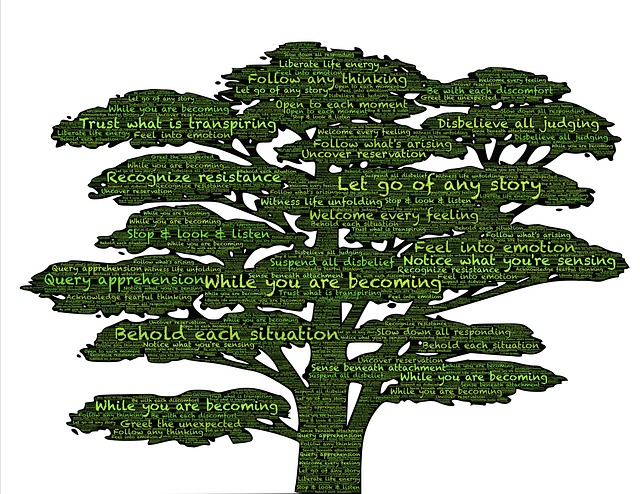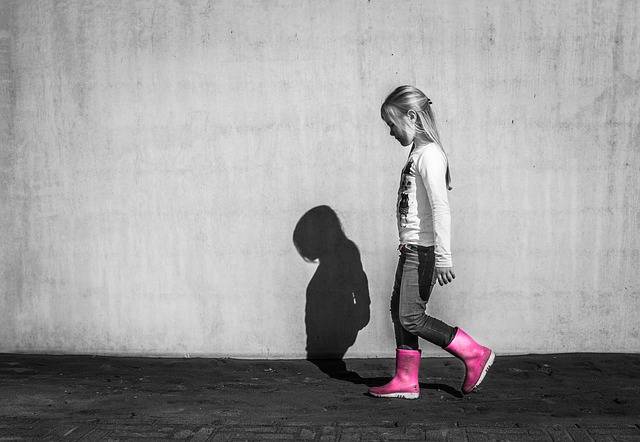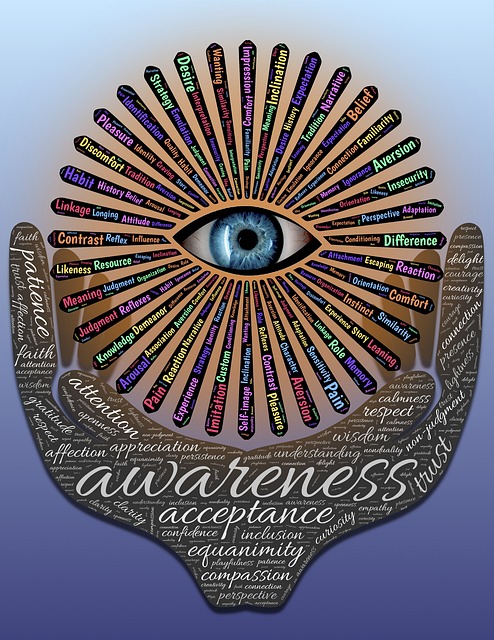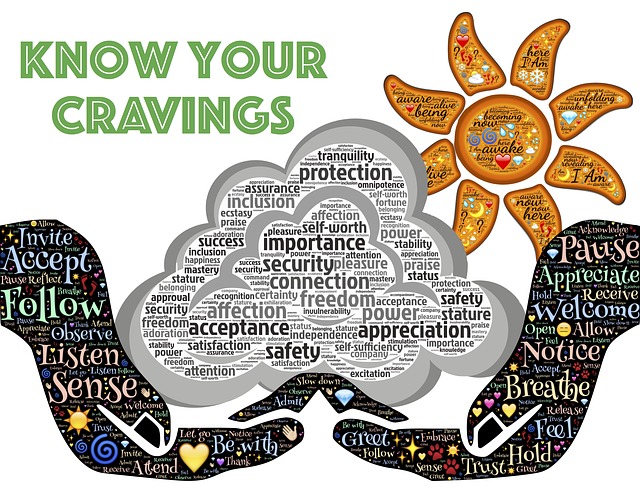Diana Winston in her meditation podcast, Mindfulness of Thoughts, explains the role thoughts can play in our lives and provides options for using mindfulness meditation to control our thoughts.
Thoughts have a powerful influence over our lives – they can be positive or negative with consequential impacts on the way we see and experience the world. They can express our perceptions of others and our experiences. Our thoughts can extend to our needs such as who I wish to marry, where I would like to live, my ideal job, what I want to study/research or what I am going to do with the surplus in my life.
We also have thoughts that contribute to our pain and suffering such as negative self-evaluation, anxious thoughts, thoughts about grief or thoughts that engender negative emotions such as rage, anger, frustration or envy.
Being mindful about our thoughts
Mindfulness can really help us to manage our thoughts. Diana suggests that a fundamental rule is, “Don’t believe everything you think”. Jon Kabat-Zinn reminds us too, “We are not our thoughts”. Thoughts can be seen as real but, in reality, they are just passing through our mind, unless we cultivate and encourage them.
We can be trapped by our thoughts or create some space so that we have times when we are free from them. Freedom comes from just noticing our thoughts as they pass by rather than being enmeshed in them and acting them out, particularly where they are negative.
Diana uses the metaphor of a passing train as a way to illustrate how one thought leads to another, which leads to another…as if they are coupled or joined together. They become like a “thought train that leads us down a particular track”. Before you know it, a lot of time can elapse and you begin to wonder where the time has gone – you have been lost in your thoughts.
By being in the present moment through mindfulness, you can stop yourself from going down that particular track that your thoughts are leading you along. Diana suggests that an alternative position is to visualize yourself staying on the platform and watching the thoughts go by, avoiding getting on the thought train, just letting the train go past.
Meditations to control our thoughts
We can build awareness by focusing on our breathing while noticing when thoughts arise and then returning to our focus – our breath. This practice of noticing, not cultivating our thoughts, and returning to our focus, is a powerful way to achieve equanimity and avoid being disturbed and captured by our thoughts that can lead to a negative spiral.
A second meditation practice is to actually notice a thought and pay attention to it for a brief interval – just noticing it briefly and returning to our focus. It becomes like a temporary aside. We could notice that we are engaged in planning, critiquing or other frequent forms of our mental activity.
A third meditation practice is open awareness – like noticing thoughts as if they are clouds in the sky passing by us as the wind blows them along in a hazy way.
Each of these meditation practices can help us to be mindful about our thoughts and to learn to control them so that they do not control us and the way we experience, and relate to, the world. Diana, in her meditation podcast, leads us through each of these meditation practices to enable us to experience the sense of freedom and control that comes from release from the binds of our thoughts.
As we grow in mindfulness through meditation practices that address our thoughts, we can develop a sense of peace and control and free ourselves to show up for our lives – not being held back by the heavy anchor of negative thoughts.
By Ron Passfield – Copyright (Creative Commons license, Attribution–Non Commercial–No Derivatives)
Image source: courtesy of abogawat on Pixabay
Disclosure: If you purchase a product through this site, I may earn a commission which will help to pay for the site, the associated Meetup group and the resources to support the blog.











